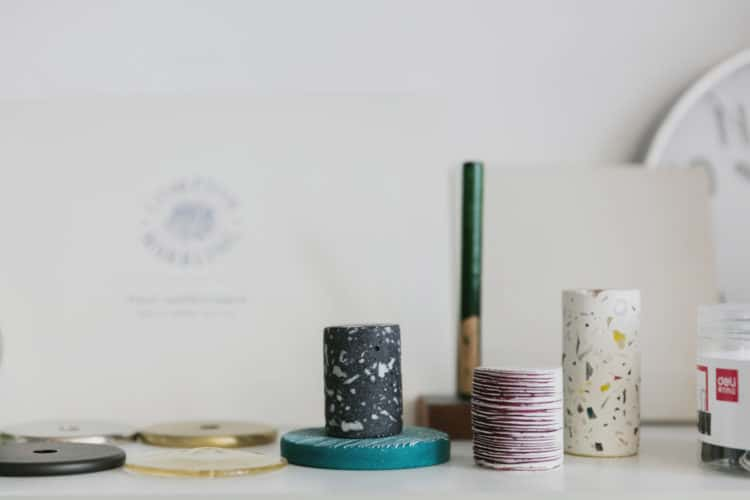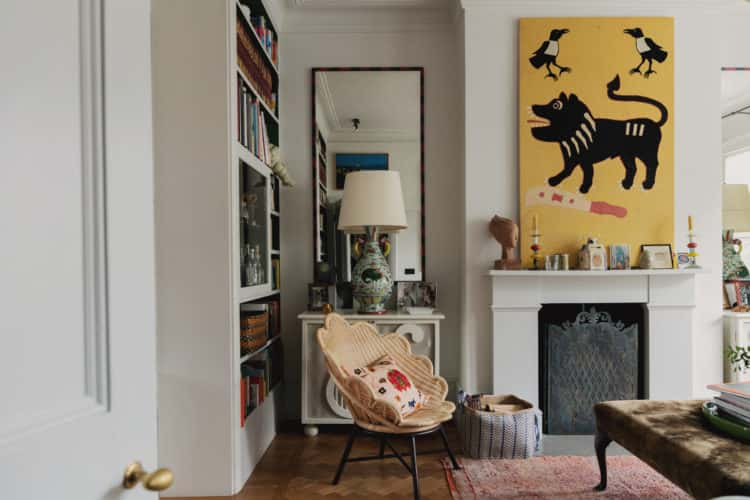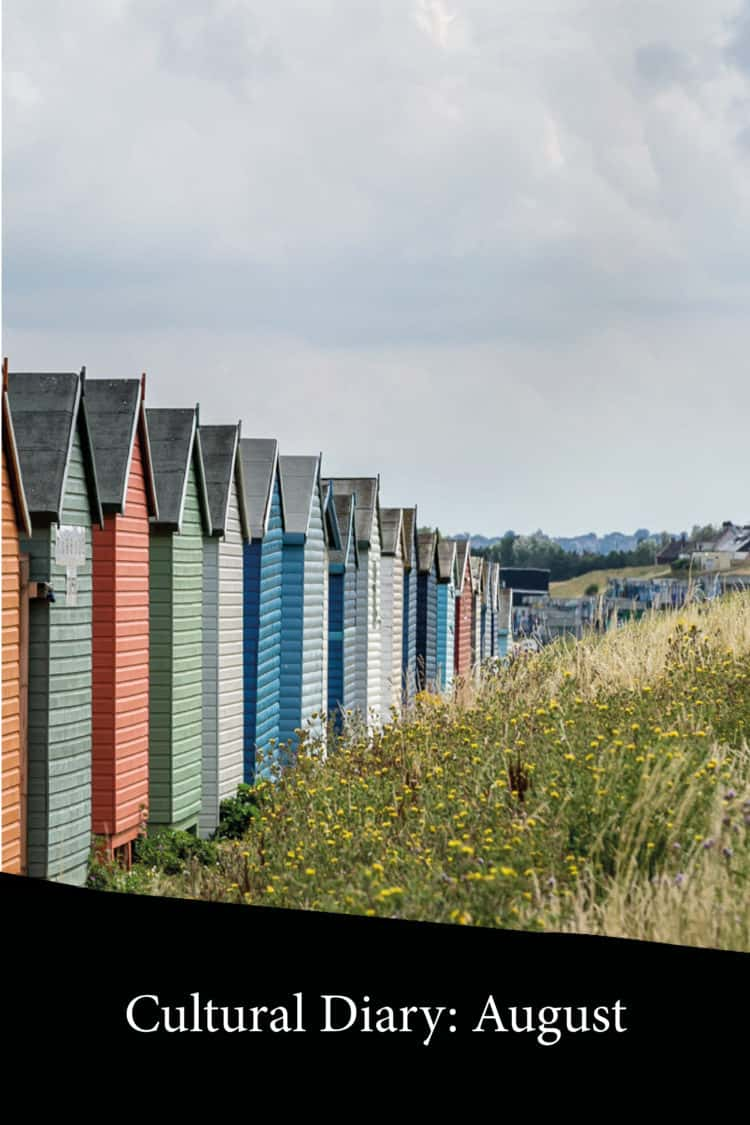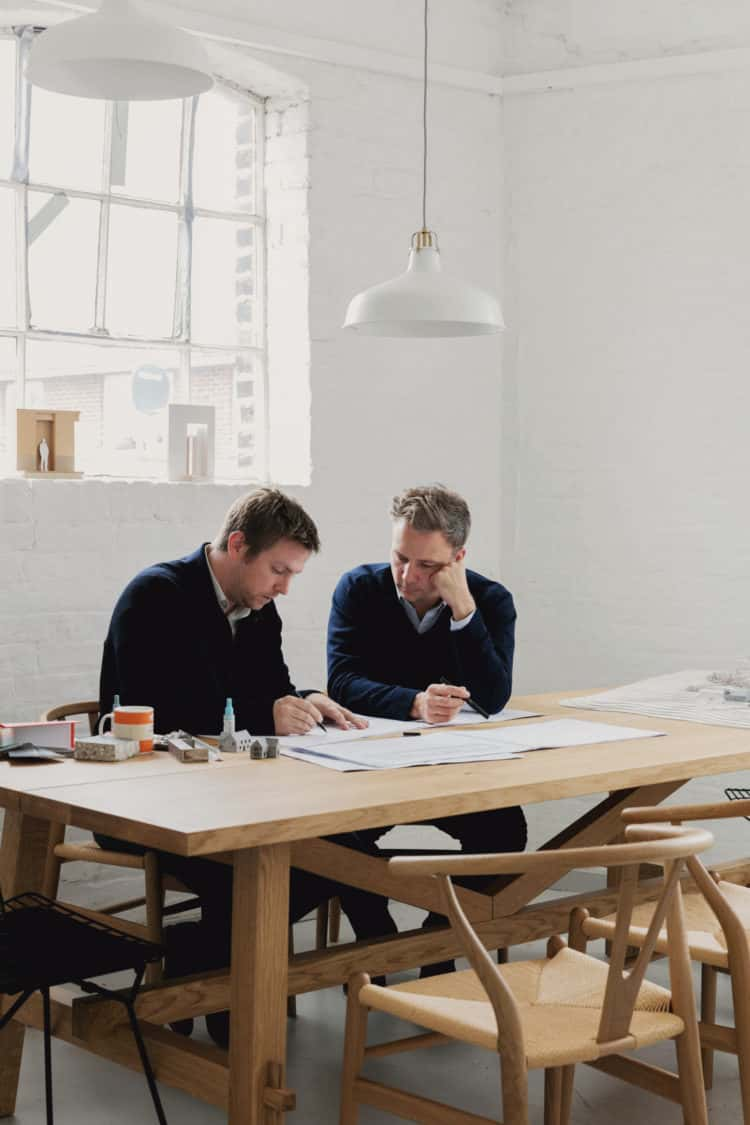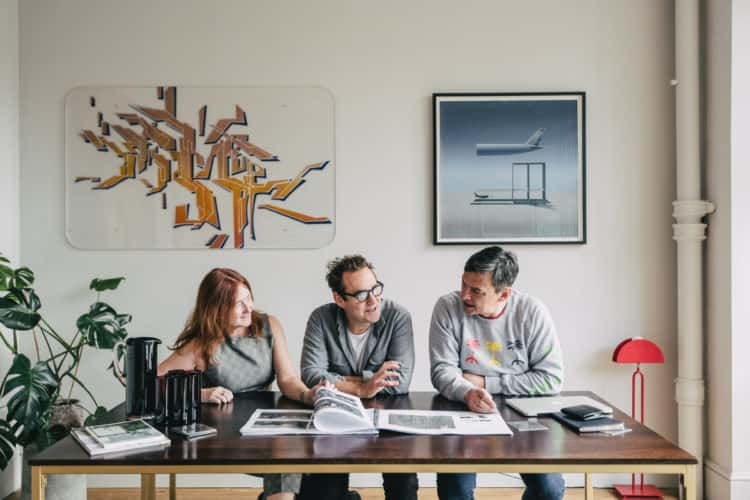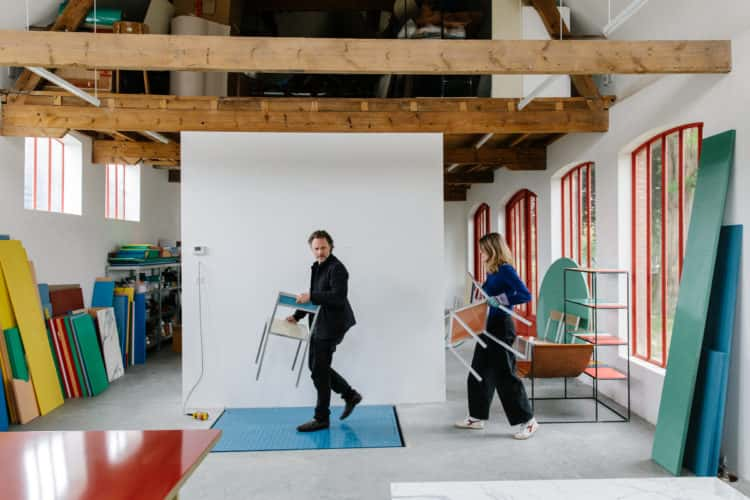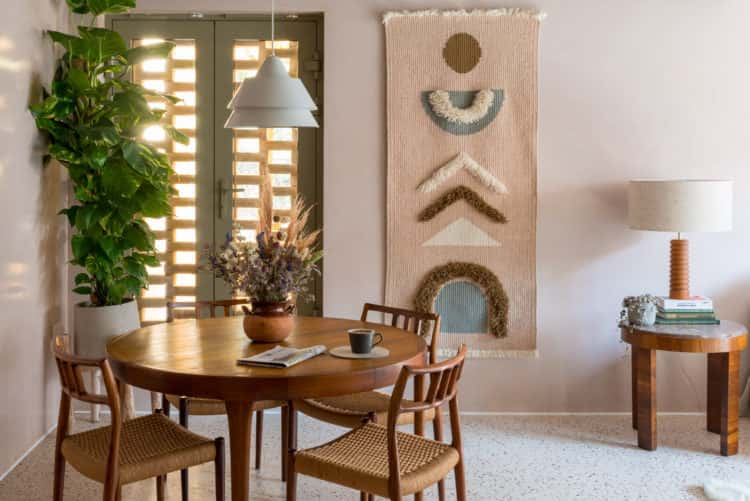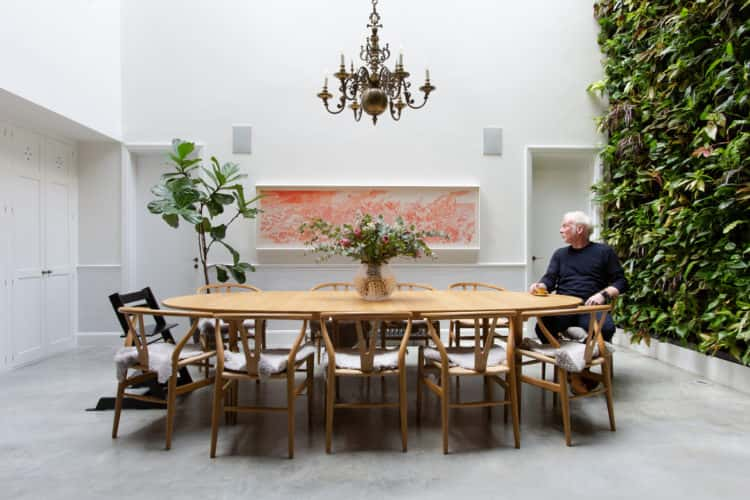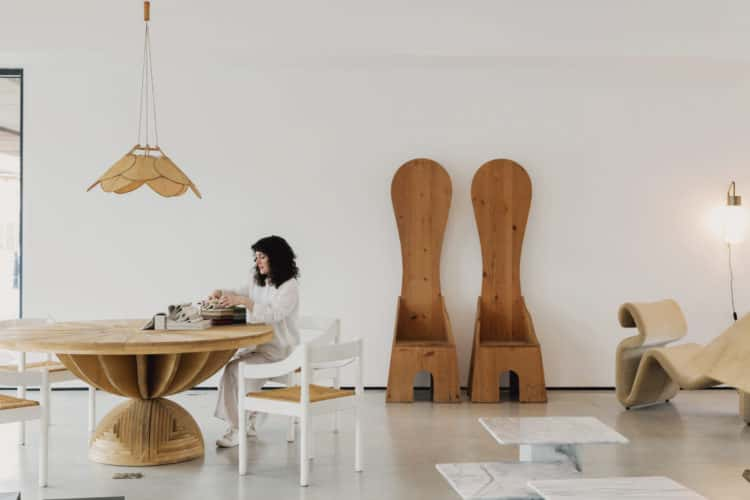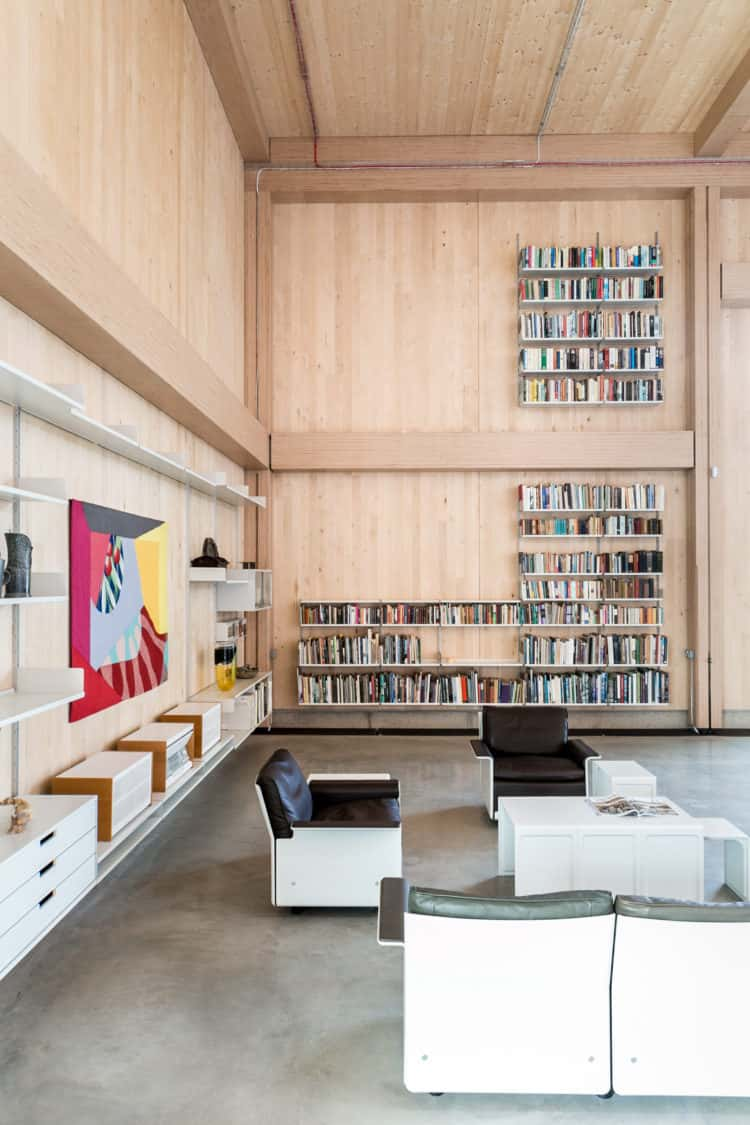A to Z of Modern Living: architect Tom Bartlett of Waldo Works talks us through his design process
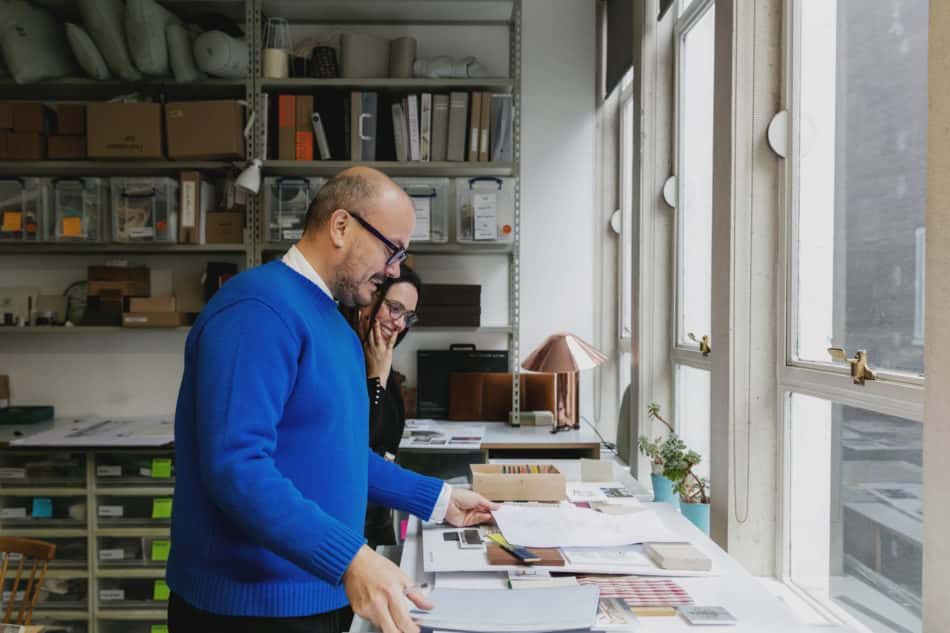
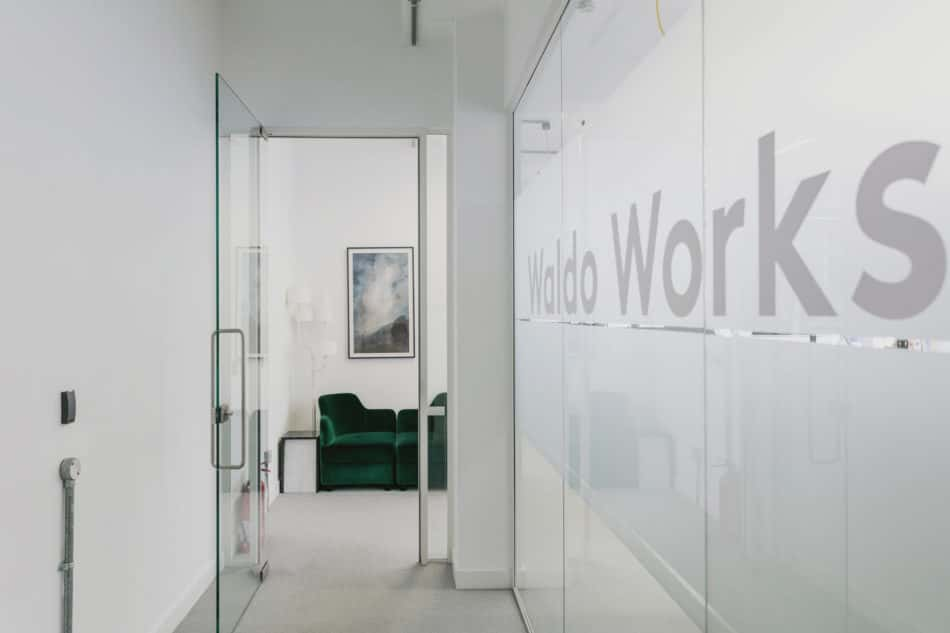
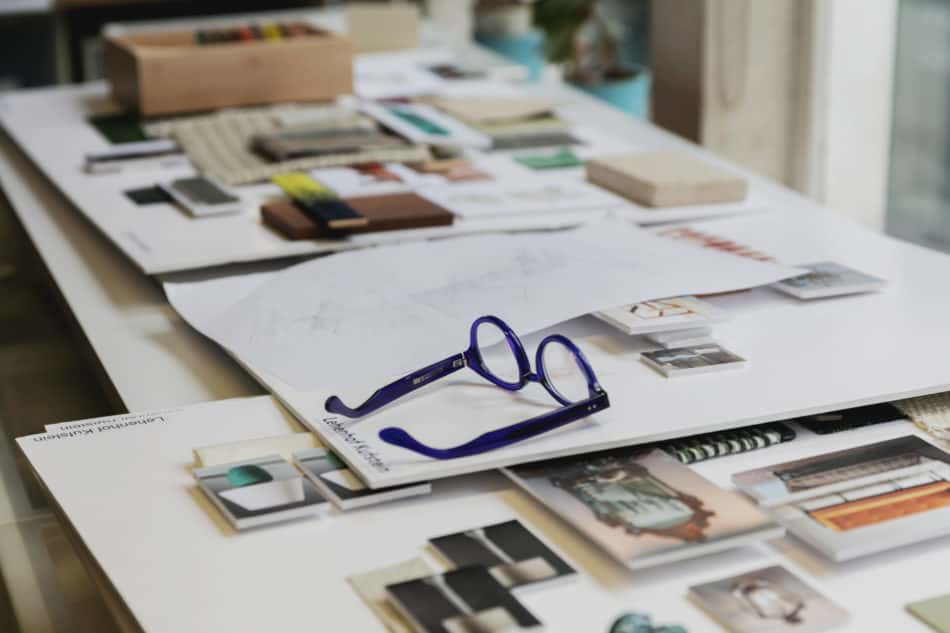
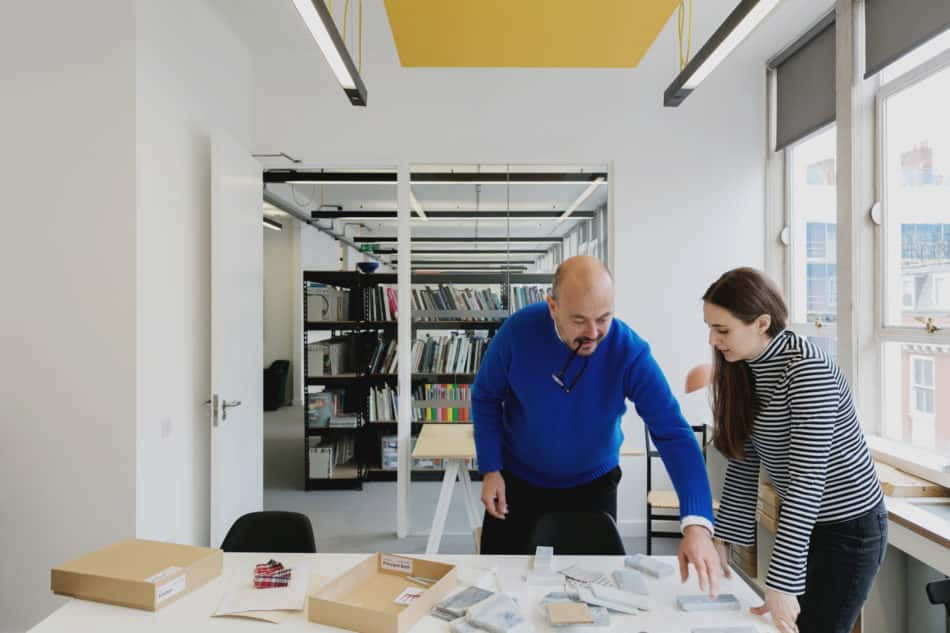
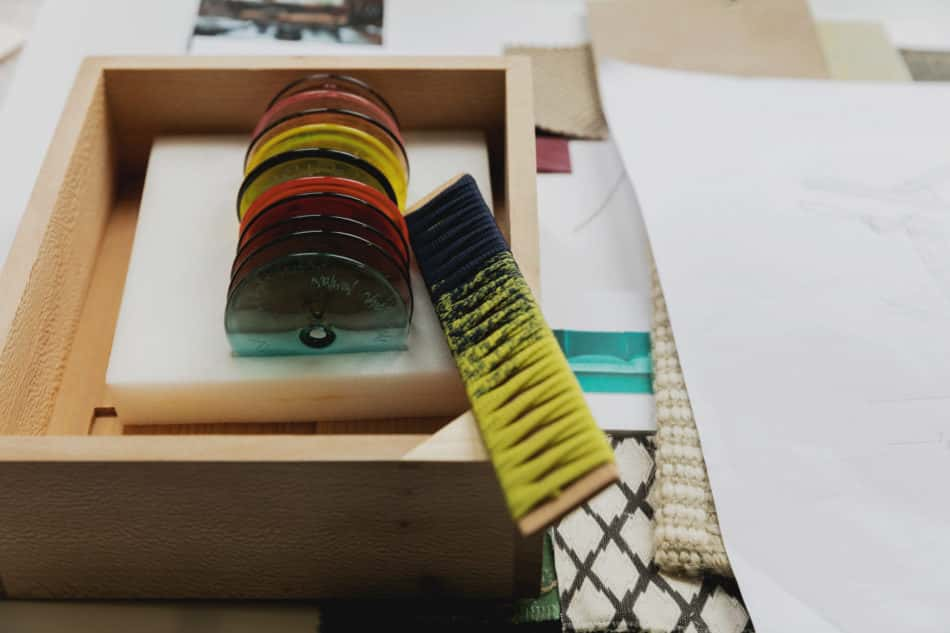
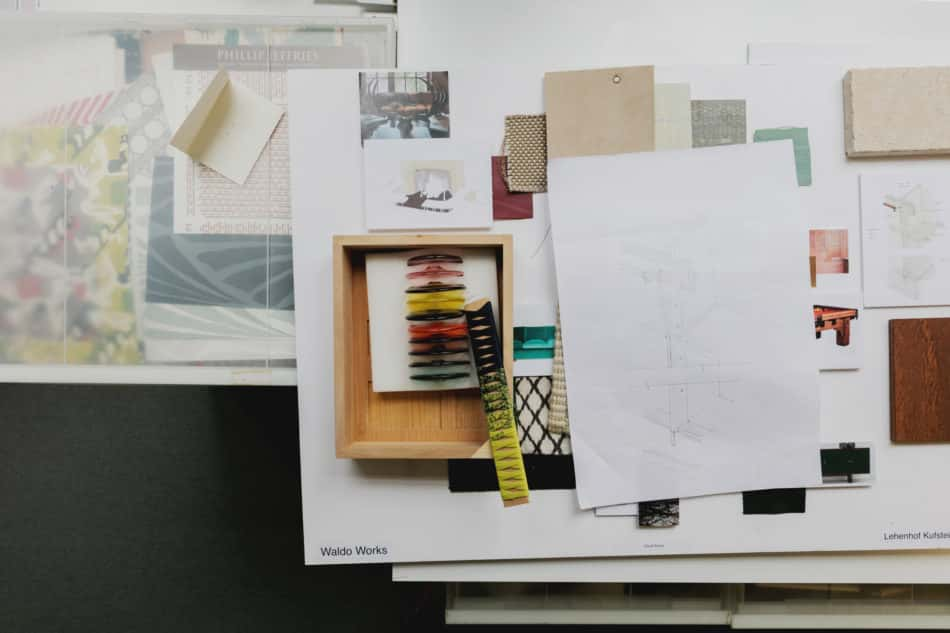
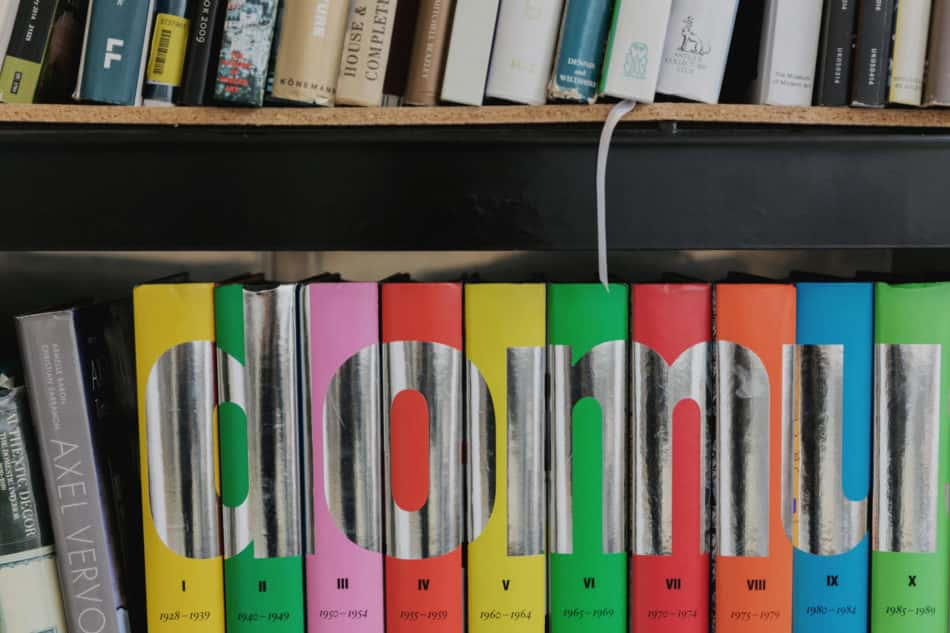
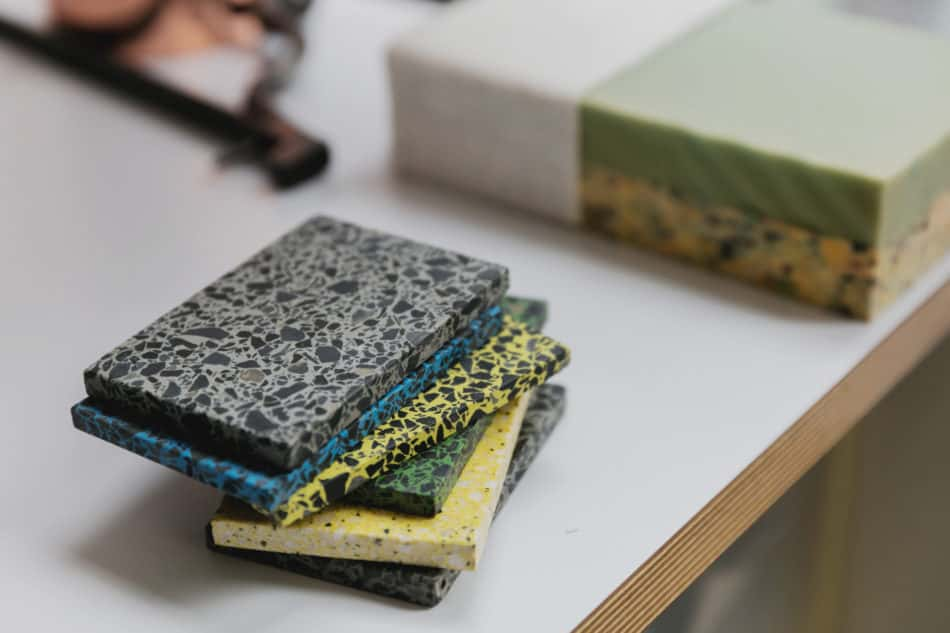
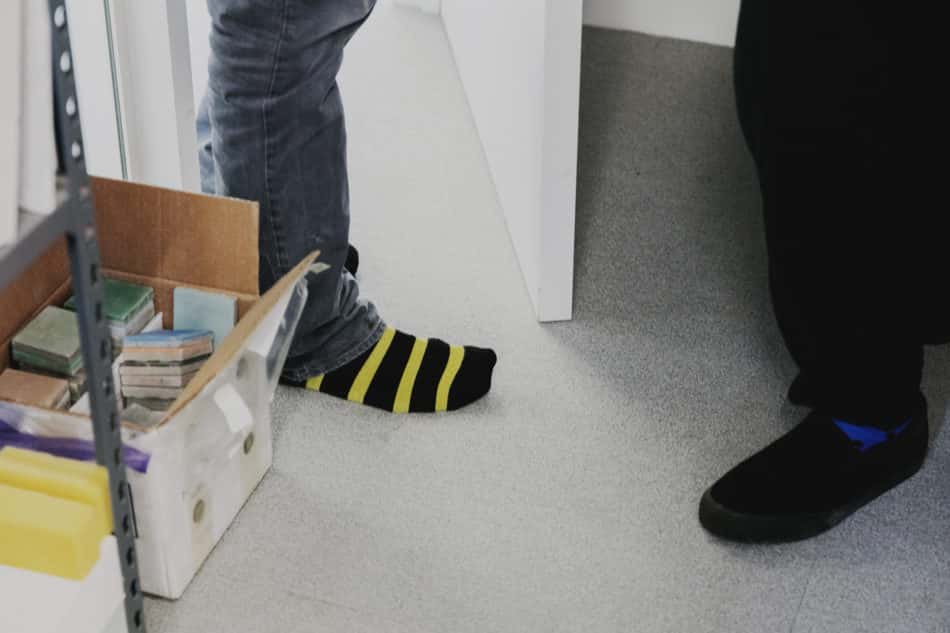
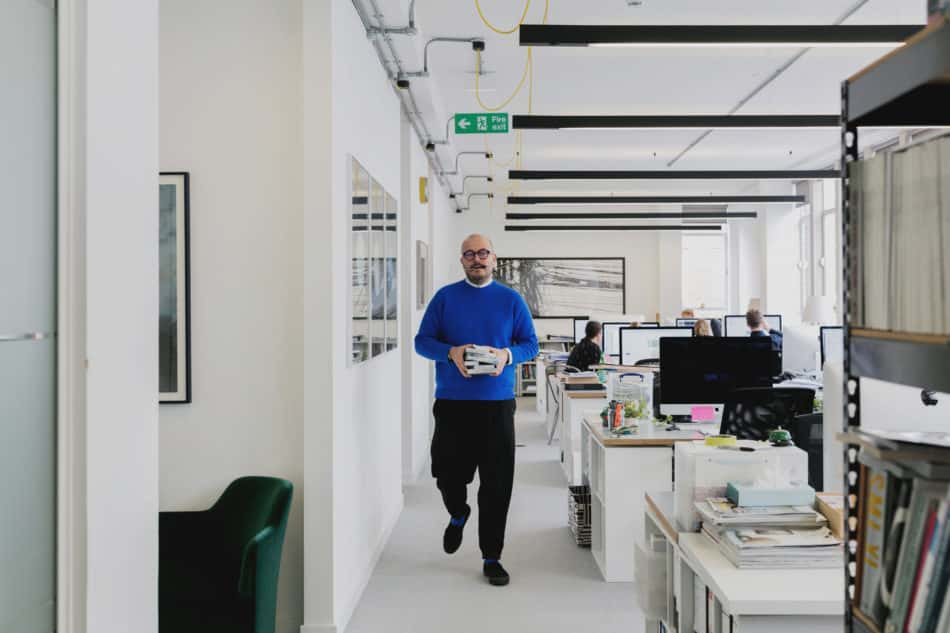
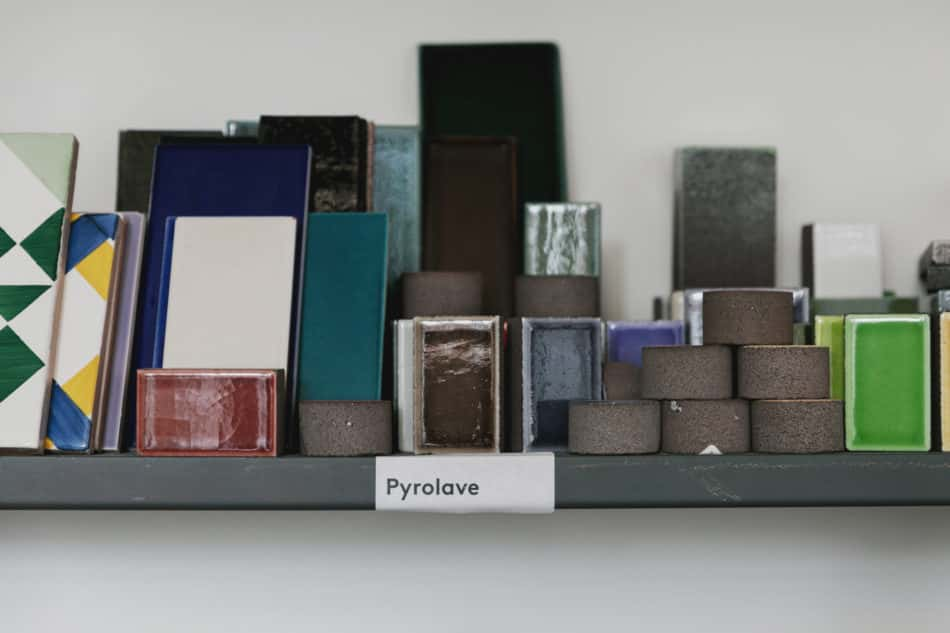
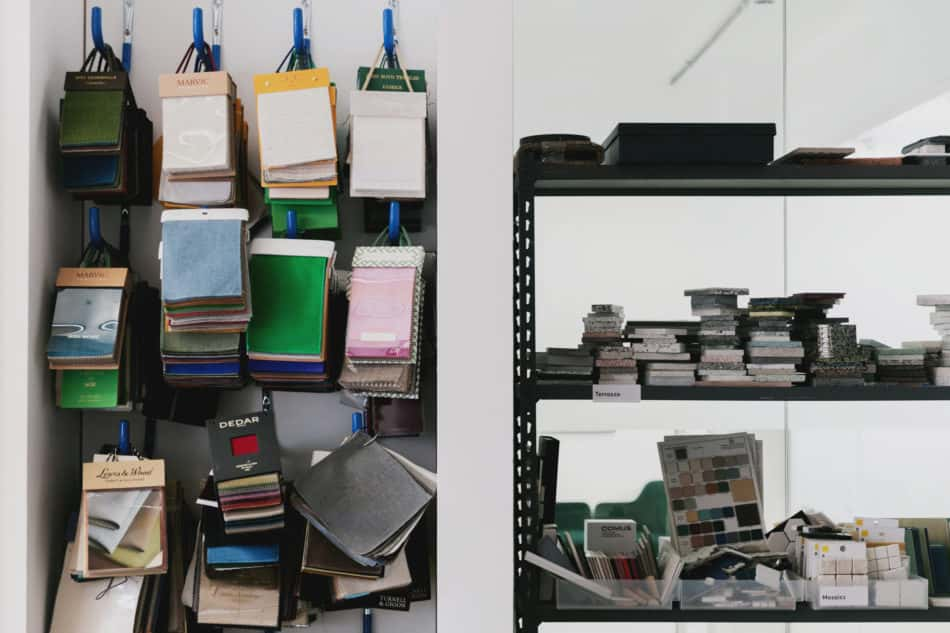
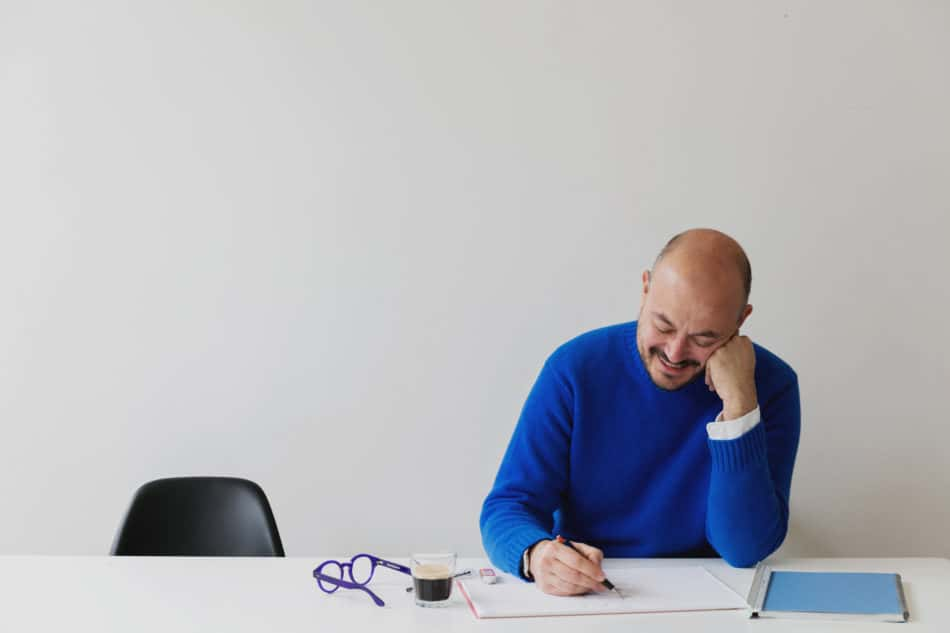
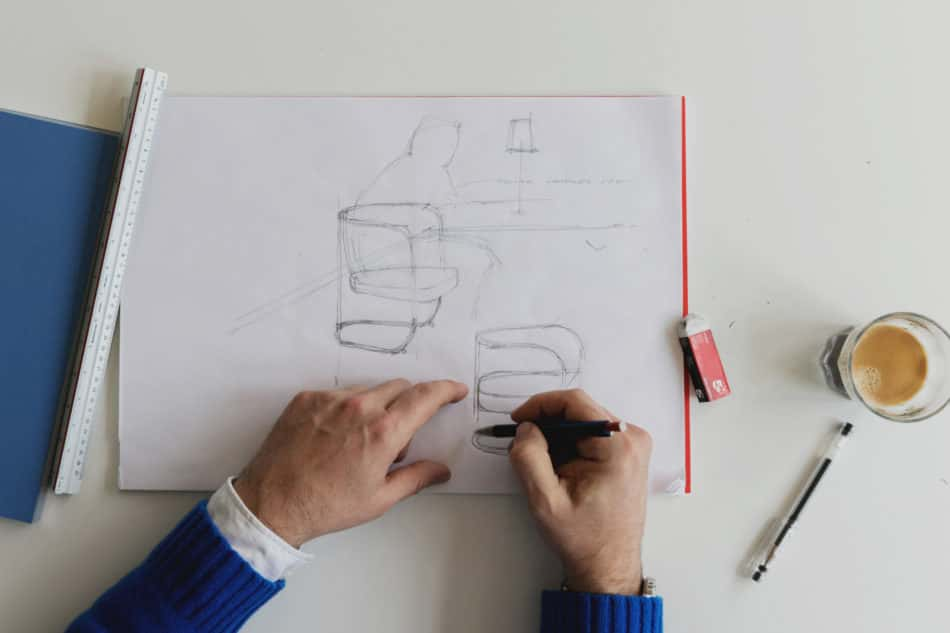
Our ‘A to Z of Modern Living’ series brings to life some of the architecture practices, interior design studios, galleries, makers and creatives who make up our Directory, a sourcebook with which to design, build and furnish your space. Here, we meet architect Tom Bartlett, founder of Waldo Works, at the firm’s Clerkenwell studio to talk colour, designing and how his comprehensive service – from “drainage to cushions” – results in fully-realised projects.
Tom founded Waldo Works over ten years ago, taking the name for his practice after the west London industrial building he converted into a live/work space. Since then, Tom’s ultra-refined handling of projects, in which context, architecture and interiors are married into elegant spaces that nevertheless have ‘soul’, as the architect would say, has made him the designer of choice for the likes of Cara Delevingne, as well as brands such as Smythson and Selfridges.
Tom, you’re well noted for your use of colour – why is it an important component of design for you?
Tom: “I once did this party when I was really young. I volunteered at Amnesty International and ten of us put on this big event to raise money for their building, which is actually just around the corner from us. It was in five rooms of this Victorian warehouse, and we decided to treat each one with a different colour – I think it was red, yellow, purple, white and blue.
“There must have been about 2000 people at this thing in the end, and everyone was in the red room. I asked a party designer afterwards why that happened, and they said that it’s just a given that if there’s a red room at a party, everyone goes in there – something to do with it being exciting and emotive.
“That always really stuck with me, not because I’m advocating that everyone paints their rooms red, but that there is a reality to function and colour. And it’s not about mood necessarily, because there are things you can do with colour that are more about utility.
“If you look at our Smythson stores, for example, we painted
them all pretty much black. It’s a brand that sells bright, colourful things
so, frankly, it was a commercial decision to make all of that pop, so that
their product sat forward against the background.
“And, just look at how iconography works. If you go into a
church at Easter the purple vestments and wall hangings signify the time of
year and draw you to the altar – it’s useful, apart from anything else.”
Can you talk us through your design process?
“Well, I’ve been asked to design some products for a lacquer furniture company and, initially, I opened my sketchbook and started coming up with ideas. I started with a very Memphis-style aesthetic because I kind of always tend to a sort of colourful modernism, which I suppose is the signature style of Waldo Works.
“I’ve been editing and refining the same idea ever since, going back to my sketchbook every couple of weeks, and I think that’s how we operate as a practice – drilling down, constantly improving. People think creativity is about choice, or adding and adding, but, actually, it’s about refinement.
“When we’re designing in the architectural sense, we’re looking to make things the thinnest, smallest or finest they can be. That’s where I hope we get to, at least.”
Why is that process of editing so important?
“It’s an interesting one because the digital world we live in, in which we are constantly bombarded with information, it can all get so confusing. I think more and more the job of designers is to cut a lot of the noise out, not as a form of rejection, but more as a process that is about purpose and clarity.
“At the same time, I’ve always wanted to be a minimalist, but I’ve never really managed it. I like decorative objects and I especially like objects that have a resonance about them, like a granny’s chair – things that are meaningful and aren’t about appearing rich or super luxe. So, I see my job as editing down the various options to create something meaningful for my clients, and I suppose collections of objects are a part of that.
“What I’m not a fan of is being too prescriptive, or assigning furniture based on trends. Saying, ‘I’m a Jean Prouvé fan and that’s why I’ve got all his pieces in my house’ isn’t very insightful – it has to be clever than that.”
So, do you think design has become too image-focused rather than being meaningful?
“Design is getting difficult, and it’s all very backwards looking. Everything you see in home and interiors magazine is all very beautiful, but it’s not exactly looking to the future. And, I suppose interiors are a sort of fashion, where it’s ok if it only lasts a year. It probably also doesn’t help that us English have a thing of thinking ‘Oh, now I understand who you are because I’ve seen inside your house.’
“The work we do here aims at projects that have a modernity to them, that feel relevant to today, but that we also hope will endure into the future.”
What do you think your house says about you?
“As ever, with any designer’s house, my home is a collection of things that never made it into jobs! That’s not as bad as it might sound because there’s an aesthetic that links what we do here.
“Sometimes I wish I had been ten years older when I
converted Waldo Works because I look at the mistakes I make and wonder why I
have a bath in my bedroom, for example. I’ll get around to sorting it one day…”
How do you go about designing homes for your clients?
“We start with the architecture, working on layouts and spatial designs. And then it comes down to me really, and I start to assemble a kind of story around the space, that’s maybe about people, or history, or the building’s context.
“So, for instance, we’re doing this project in South Tyrol at the moment. Beautiful plot, amazing house with turrets and everything you’d expect of a grand house in that region. A guy named Valerian Rybar, who was an extraordinary decorator in the 1970s, having done parties for the Rockefellers and such, worked on the interiors, but it’s all fake – the whole thing.
“So we’re stripping it back and trying to tell a story about making and craft, looking at the English Arts and Crafts movement, which was linked to the Austrian Wiener Werkstätte movement. Everything is being made of solid wood, and there’s an authenticity to what we’re putting in, with an overarching theme about how we approach the project. Through that, I hope what we do is about giving a bit of soul to a home; something that has resonance.”
Why do you think it’s important to consider architecture and interior design collectively?
“We work in a curious way – not many studios work so intimately across both disciplines. When we do work with architects as interior designers or, the other way around, when we’re architects working with interior designers, which has happened once – and didn’t work! – there is always this gap in integration.
“There seems to be this stop-off point for architects, where they don’t consider furniture, lighting or where a plug might be useful to have. The reality of the way we live is entirely about where you sit in a room, if there’s a handy plug to charge your laptop or how the lighting makes you feel.
“It’s funny because we’re doing our first new build for Sasha Von Meister, my partner here, who works on the interiors side. The house turned up to site the other day on the back of the lorry and it’s strange to think that we’ve thought about that house down to where the sockets are and what cushions will be used. It’s exciting.”
